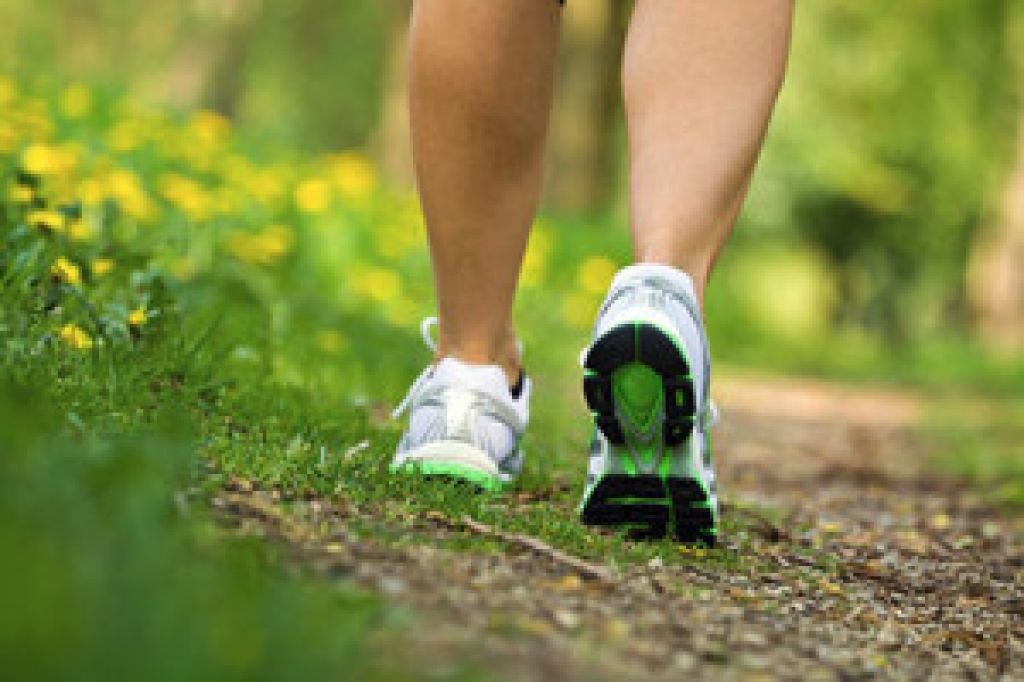
Foot pain while walking can be caused by several underlying conditions that affect mobility and comfort. One of the most common causes is plantar fasciitis, which involves inflammation of the tissue along the bottom of the foot, causing heel pain. Tarsal tunnel syndrome, resulting from compression of a nerve in the ankle, can lead to shooting pain or numbness in the foot. Posterior tibial tendon dysfunction occurs when the tendon that supports the arch weakens, causing pain in the inner ankle and foot. Bunions, characterized by a bony bump at the base of the big toe, can cause discomfort during walking. Additionally, hammertoe, a condition where the toes bend abnormally, can lead to pain in the toes and the ball of the foot. If you have pain while walking, it is suggested that you consult a podiatrist who can effectively treat the foot condition that is causing it.
Foot Pain
Foot pain can be extremely painful and debilitating. If you have a foot pain, consult with one of our podiatrists from Footcare Now. Our doctors will assess your condition and provide you with quality foot and ankle treatment.
Causes
Foot pain is a very broad condition that could be caused by one or more ailments. The most common include:
- Bunions
- Hammertoes
- Plantar Fasciitis
- Bone Spurs
- Corns
- Tarsal Tunnel Syndrome
- Ingrown Toenails
- Arthritis (such as Gout, Rheumatoid, and Osteoarthritis)
- Flat Feet
- Injury (from stress fractures, broken toe, foot, ankle, Achilles tendon ruptures, and sprains)
- And more
Diagnosis
To figure out the cause of foot pain, podiatrists utilize several different methods. This can range from simple visual inspections and sensation tests to X-rays and MRI scans. Prior medical history, family medical history, and any recent physical traumatic events will all be taken into consideration for a proper diagnosis.
Treatment
Treatment depends upon the cause of the foot pain. Whether it is resting, staying off the foot, or having surgery; podiatrists have a number of treatment options available for foot pain.
If you have any questions, please feel free to contact our offices located in Elmhurst Jackson Heights, Astoria, Rego Park, and Forest Hills, NY . We offer the newest diagnostic and treatment technologies for all your foot care needs.




